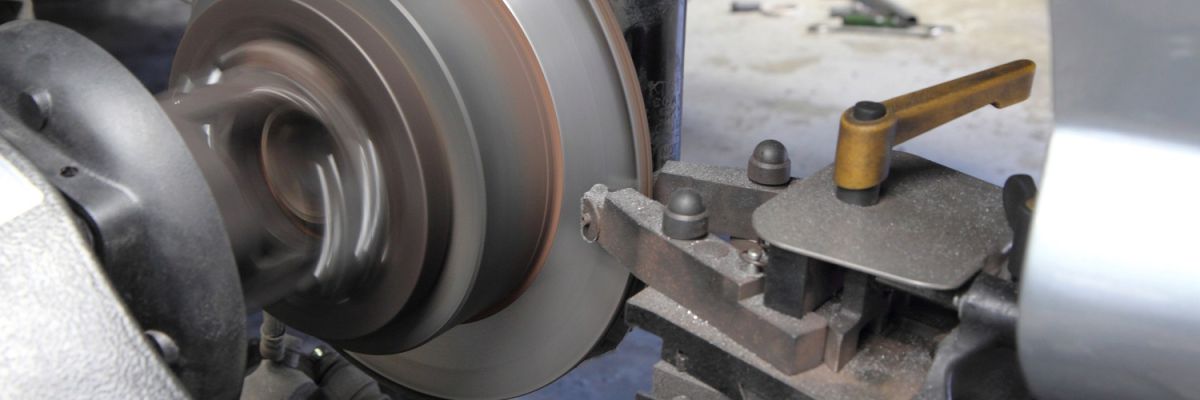
Brake Disc Machining or Brake Disc Replacement? What do I need to know?
When it comes to brake servicing, one of the most important decisions you’ll have to make is whether to replace your disc rotors or resurface them. This can be a tricky decision as it depends on several factors such as the type of vehicle you drive and the amount of wear on the discs. To help you understand when it’s appropriate to resurface brake rotors, here are some key points that you should consider before making your decision.
1. The type of vehicle you drive - some vehicles, such as European vehicles, require the brake discs and pads to be replaced at the same time, rather than machining the rotors.
2. The operating conditions - if your vehicle is subject to intense braking in heavy traffic or on hilly terrain, the discs will wear faster and more often, so machining may be a better option.
3. The amount of wear on the discs - if your brake discs measure at or above the manufacturer’s minimum thickness rating, then machining is an option. If not, then you must replace them with new ones in order to ensure correct braking operation.
4. The cost - machining the rotors is sometimes half the cost of replacing them, so it can be a more cost-effective option if your brake discs are in good condition.
Looking more deeply at point 4, the cost can be a bit more nuanced. While machining the rotors can be a more cost-effective option if your discs are in good condition, in some cases replacing them may actually be the better choice. This is especially true when dealing with more common vehicles where the brake disc rotor cost or component cost is low or when the amount of wear on the discs has already gone beyond their minimum thickness rating. Also it can take more time to resurface or skim brake rotors so the labour charge may be higher than their replacement. This may offset any extra cost associated with the brake parts.
Brake shudder is one of the most common issues when it comes to brake maintenance and repair and may be the reason you're looking to replace or resurface your brake disc rotors. Briefly, it occurs when a vehicle’s brakes vibrate or shake during braking, which can be caused by a variety of factors including uneven wear on the brake pads, worn out rotors, incorrect installation of pads and calipers or even rust and scale deposits on the hub face. If disc resurfacing is not done properly, these issues can lead to an increased risk of brake shudder. It's important that technicians are well trained on their resurfacing equipment and that their equipment is well maintained. If you have your brakes resurfaced and shuddering issues return within a short period of time, it may be because the machining work and lathe operation has not been carried out to the correct standard.
Using a brake shop, such as Znoelli, which has extensive brake system knowledge and an excellent track record, alleviates many of these worries. Remember, if your vehicle is subject to heavy use, or the rotors are badly worn, then replacing them might be the best option.
In conclusion, the decision whether to machine or replace brake discs should be based on several factors such as vehicle type, disc thickness and cost. Knowing when to resurface your brakes instead of replacing them can save you time and money in the long run, so make sure you’re well informed before making your decision.
For more information about brake disc machining and replacement, contact us here at Znoelli. We will be able to advise you on what is best for your particular vehicle given its operating conditions and the amount of wear on the discs. With our help, you can make an informed decision about when to replace disc rotors or when its appropriate to resurface brake rotors. This will ensure that your vehicle is in top condition and roadworthy for years to come.